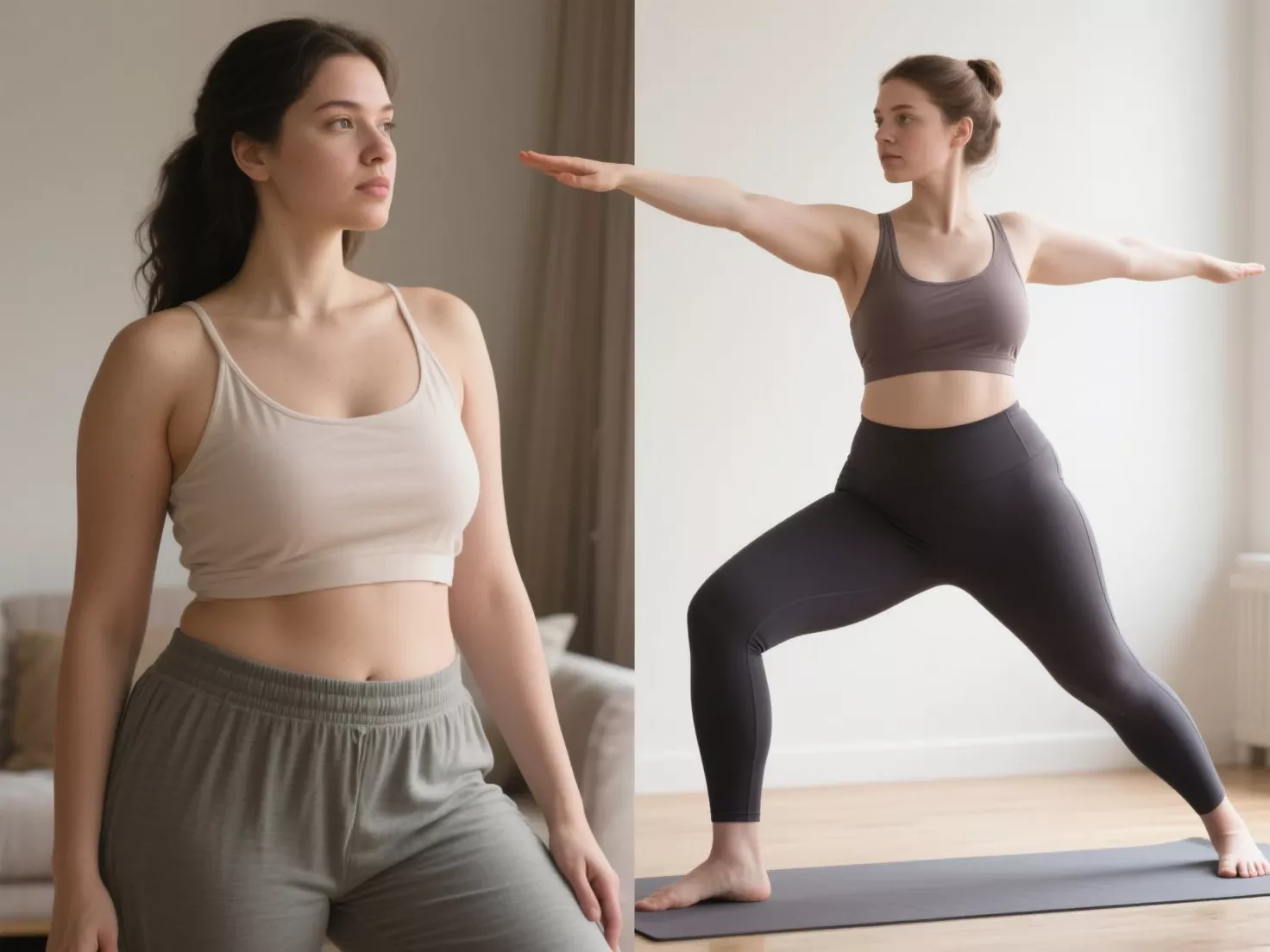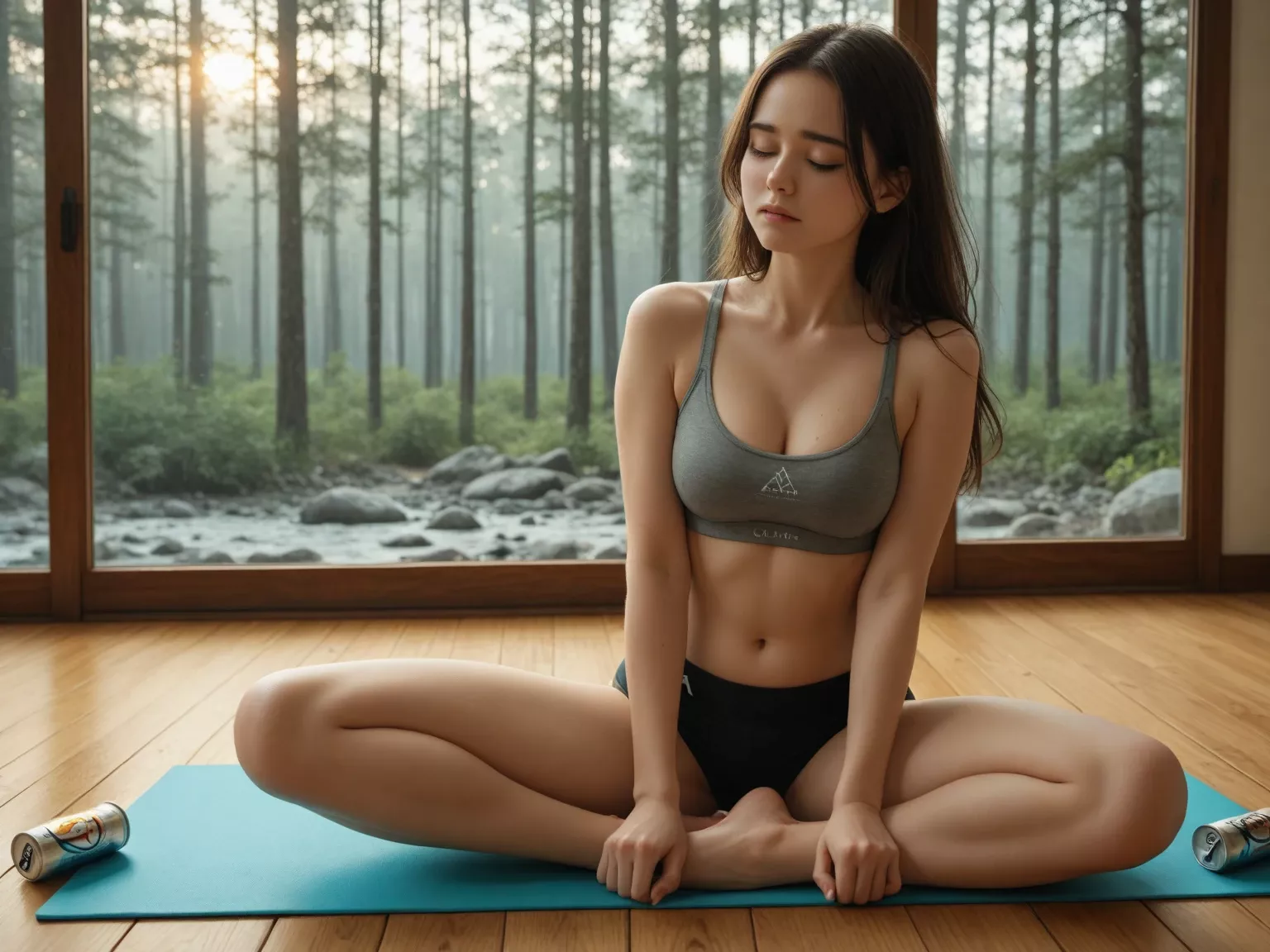When selecting a yoga mat, thickness is a critical factor that influences your comfort, stability, and overall yoga experience.
The best yoga mat thickness depends on your individual needs, preferences, and the type of yoga practice you follow.
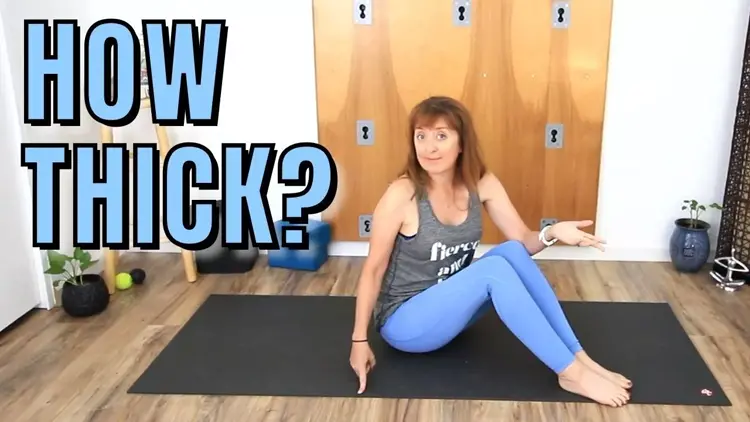
Here’s a deeper dive into the considerations for choosing the right yoga mat thickness:
1. Standard Thickness: 3mm-5mm (1/8 inch to 3/16 inch)
Best For: Most yoga styles, including Hatha, Vinyasa, and Ashtanga.
Pros:
- Offers a good balance of comfort and stability.
- Thin enough to provide a strong connection to the ground, essential for balance-intensive poses like Tree Pose or Warrior III.
- Lightweight and easy to transport, making it ideal for practitioners who attend classes or travel often.
Cons:
- May not provide sufficient cushioning for those with joint pain or for practices on hard floors.
2. Thin Mats: 1mm-2mm (Travel Mats)
Best For: Traveling yogis or those who prefer a minimalist approach.
Pros:
- Extremely lightweight and foldable, making it easy to pack in a suitcase or carry in a bag.
- Offers excellent ground stability, enhancing balance in standing poses.
Cons:
- Minimal cushioning can be uncomfortable for seated or supine poses.
- Not ideal for long practice sessions or restorative yoga where comfort is key.
3. Thick Mats: 6mm-8mm (1/4 inch to 5/16 inch)
Best For: Gentle yoga styles like Yin, Restorative, or for practitioners with sensitive joints.
Pros:
- Provides superior cushioning, making it comfortable for seated poses, prolonged kneeling, or lying poses.
- Ideal for practices that focus on relaxation or extended periods of meditation.
- Reduces strain on pressure points, such as knees, hips, and wrists.
Cons:
- Can compromise stability in standing and balance-focused poses due to the softer surface.
- Heavier and bulkier, which can make transportation less convenient.
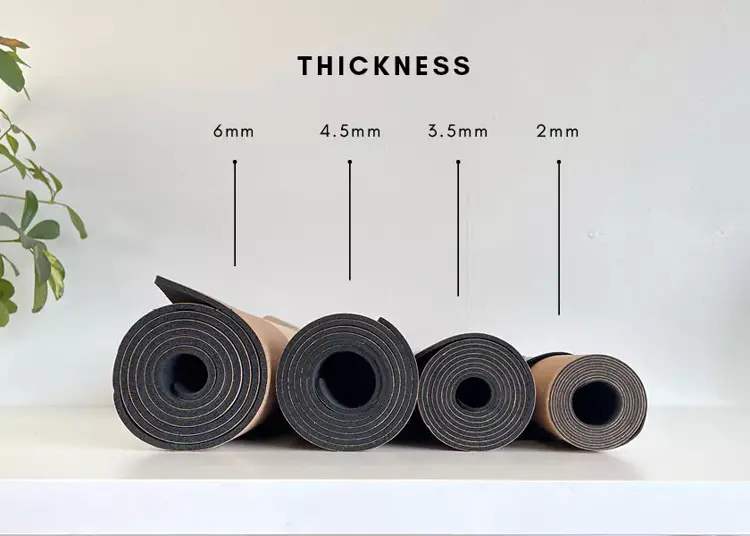
4. Extra-Thick Mats: 10mm+ (Over 1/2 inch)
Best For: Individuals needing maximum joint support, such as seniors, pregnant yogis, or those recovering from injuries.
Pros:
- Provides a plush, cushioned surface for ultimate comfort.
- Excellent for floor-based exercises or pilates, in addition to yoga.
Cons:
- Significantly reduces stability for standing poses, increasing the risk of wobbling.
- Heaviest and least portable option, often better suited for home practice.
How to Choose the Right Thickness for You: A Comprehensive Guide
Selecting the perfect yoga mat thickness depends on several factors, including your yoga style, physical needs, and lifestyle.
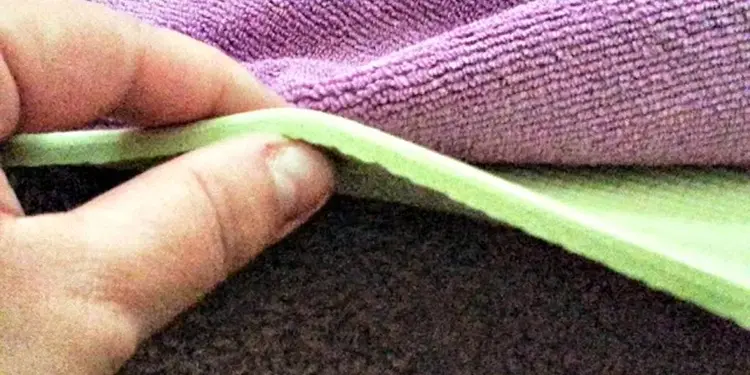
Here’s a detailed breakdown of what to consider when making your choice:
1. Your Yoga Style
The type of yoga you practice plays a significant role in determining the ideal mat thickness.
Active Yoga Styles (e.g., Vinyasa, Power Yoga, Ashtanga):
- Prioritize a thinner mat (3mm-5mm) for better stability and ground connection during dynamic sequences and standing poses.
- Thin mats allow you to feel the floor beneath you, enhancing balance and transitions.
Gentle or Restorative Yoga (e.g., Yin, Restorative, Prenatal):
- Opt for a thicker mat (6mm or more) for added comfort during prolonged seated or lying poses.
- Extra cushioning is ideal for slower practices focused on relaxation and support.
Mixed Practices (e.g., Hatha, general yoga routines):
- A standard mat thickness (4mm-5mm) works well for a balance of comfort and versatility.
2. Your Comfort Needs
Your physical condition and comfort preferences should guide your choice.
Joint Sensitivity:
- If you have sensitive knees, wrists, or hips, a thicker mat (6mm-8mm) can provide additional cushioning to alleviate pressure on these areas.
- Look for materials with high-density foam or memory-like properties to combine support and comfort.
Body Type:
- Individuals with lighter frames may prefer thinner mats for better stability.
- Heavier individuals may benefit from thicker, high-density mats that won’t compress under weight.
3. Portability and Lifestyle
Consider where and how often you’ll be using your yoga mat.
On-the-Go Yogis:
- If you frequently carry your mat to classes or while traveling, a lightweight, thin mat (1mm-3mm) is easier to transport and store.
- Travel mats, while thin, are designed for durability and foldability, making them ideal for limited space.
Home Practice:
- For home-based routines, you can prioritize comfort over portability. Thicker mats are suitable if you don’t need to transport them frequently.
4. Surface You Practice On
The type of surface you practice on can influence your choice of mat thickness.
Hard Floors:
- Practicing on hardwood, tile, or concrete floors requires a mat with adequate cushioning (5mm-8mm) to protect joints and add comfort.
Carpeted Floors:
- If you’re practicing on a softer surface like carpet, a thinner mat (3mm-5mm) may suffice, as the carpet provides additional cushioning.
Outdoor Settings:
- For outdoor yoga, choose a slightly thicker mat (4mm-6mm) to protect against uneven or rough terrain.
5. Stability vs. Comfort
Striking the right balance between stability and comfort is crucial.
Stability:
- Thinner mats enhance your connection to the ground, making balance poses like Tree Pose or Warrior III easier to maintain.
- Ideal thickness for stability: 3mm-5mm.
Comfort:
- Thicker mats provide a soft surface, reducing strain during seated or supine poses.
- Ideal thickness for comfort: 6mm-8mm or more.
6. Yoga Mat Material
Material affects how cushioning feels at a given thickness.
High-Density Materials (e.g., PVC, TPE):
- Provide support even at thinner thicknesses, making them suitable for active styles.
Natural Rubber:
- Often thicker and heavier but provides excellent grip and eco-friendliness.
Foam-Based Mats:
- Tend to be softer and are better for restorative practices.
7. Test Before You Commit
If you have the opportunity, try different mat thicknesses to see what works best for you.
Borrow or Test Mats:
- Many yoga studios or stores allow you to test mats. Practice a few poses, focusing on pressure points like knees, wrists, and spine.
Simulate Your Practice:
- Mimic your typical yoga routine to ensure the mat supports your movements and postures comfortably.
8. Budget Considerations
Thicker mats often cost more due to additional materials and weight.
Budget-Friendly Options:
- Standard thickness mats (4mm-5mm) are often the most cost-effective while still providing versatility.
Premium Choices:
- For a specialized practice, investing in a high-quality thicker or thinner mat tailored to your needs can enhance your experience.
Choosing the right yoga mat thickness is a personal decision that should align with your yoga goals, physical needs, and lifestyle.
Taking the time to evaluate your priorities will ensure your yoga mat supports you fully in your practice, enhancing both comfort and performance.
Tips for Testing a Yoga Mat’s Thickness
- Feel the Mat: Test your mat in various poses, especially ones that put pressure on your knees, wrists, or spine.
- Try Before You Buy: If possible, borrow or test different thicknesses at a yoga studio to find your preference.
- Consider Material: The material of the mat (PVC, TPE, rubber) can also affect how cushioning feels at different thicknesses.
Choosing the right yoga mat thickness is a personal journey, and what works best for one person might not work for another.
Assess your practice style, physical needs, and environment to ensure you invest in a mat that enhances your yoga experience and supports your journey.

